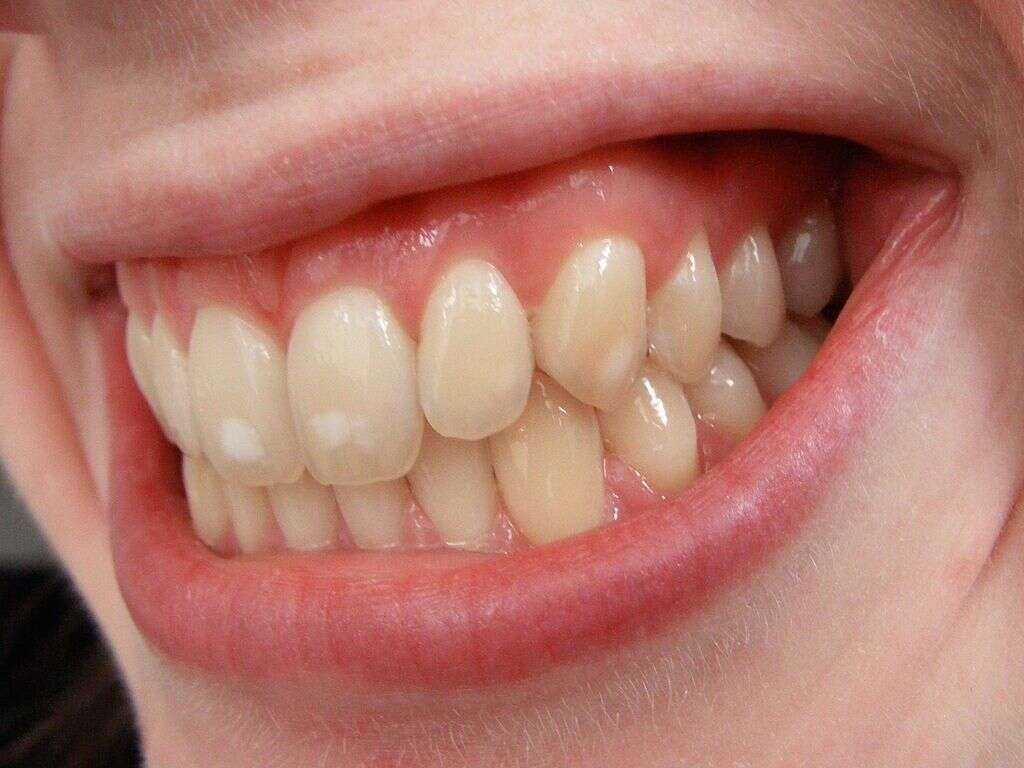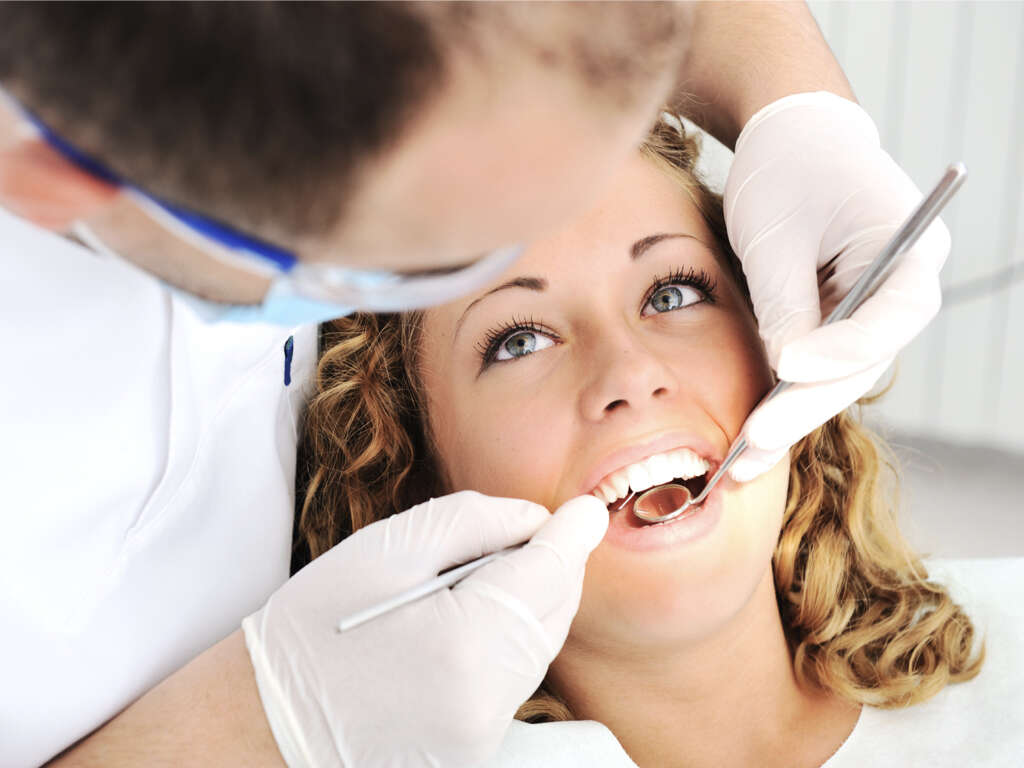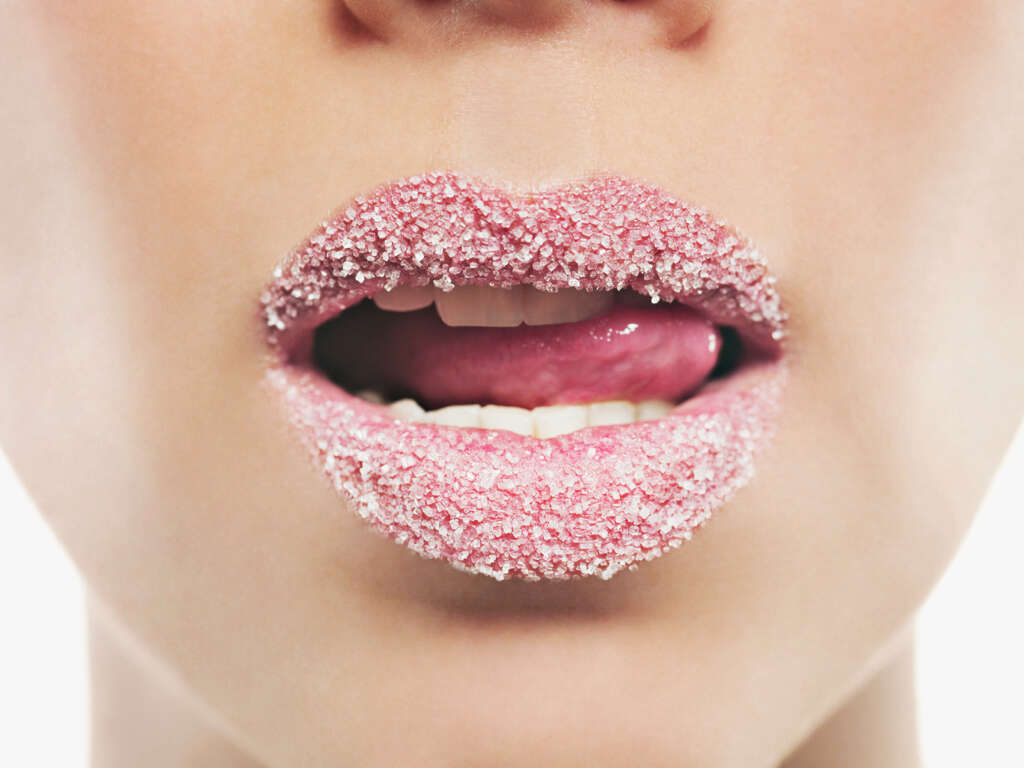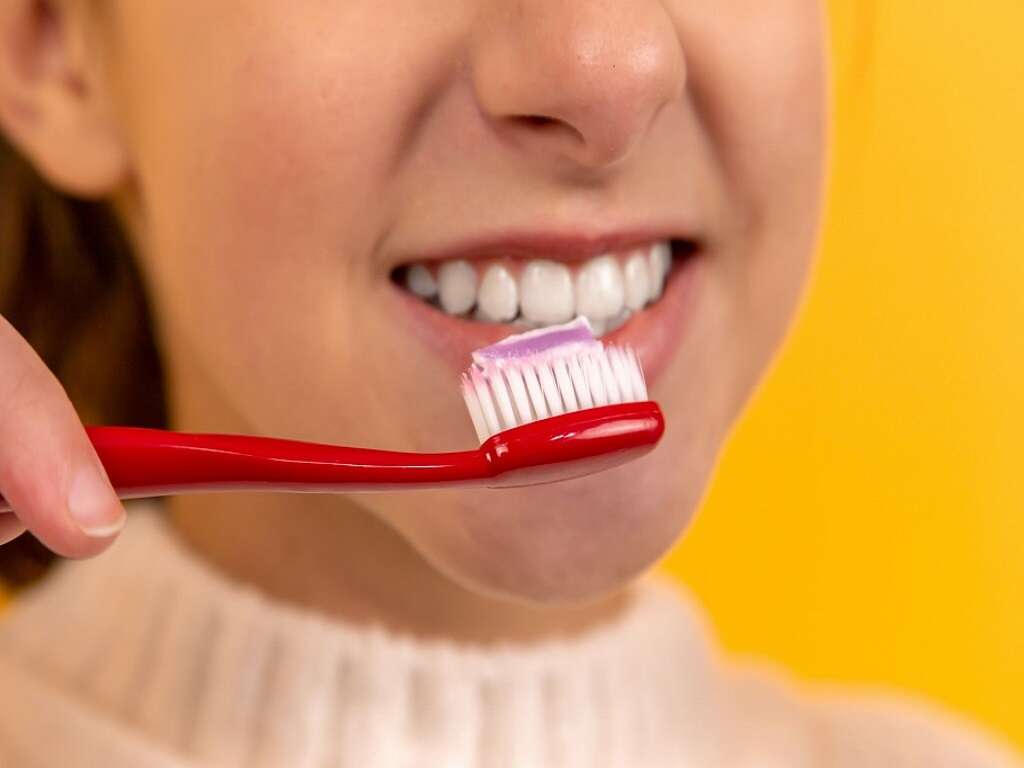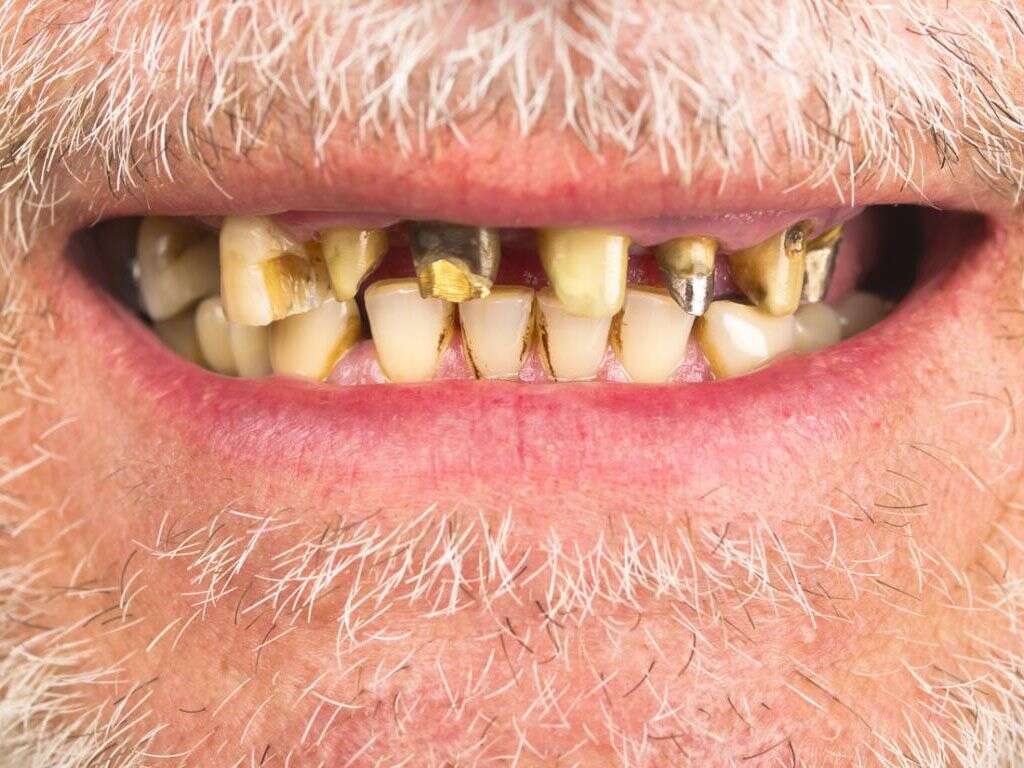What Is Dry Socket?
Nobody likes a visit to the dentist; it can be a very uncomfortable experience. It is often necessary, however, and some people need to have teeth removed to help prevent the situation from getting worse. Thankfully, the procedure is safe and fairly straightforward, but that does not mean that tooth removal does not always go smoothly.
Some people will develop dry socket, which affects the socket left behind after a tooth has been removed. It can be very painful, but it should hopefully not cause any long-term problems. We are still not completely sure of why it happens, but here’s a closer look at what we do know about the condition.
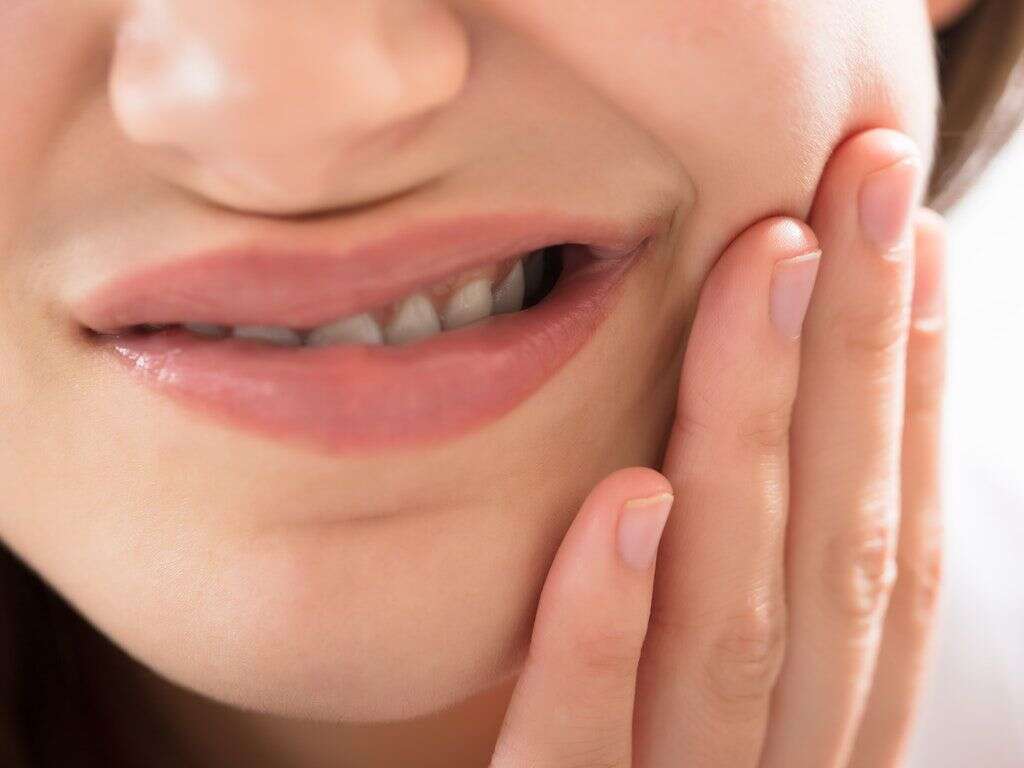
1. Overview
When we are injured, blood will quickly begin to clot to prevent too much of it from leaving the body. When a tooth is removed, whether by accident or through surgery, a blood clot will usually form in the cavity, but this is not always the case.
Dry socket is a condition in which a blood clot did not form, or has been dislodged. The blood clot would usually help to protect the wound and this protection is lost when the clot is not present. This can lead to some very unpleasant symptoms for the patient and it can also lead to some potentially serious complications in some cases.

2. Bacteria
Not only would a blood clot help stop bleeding, but it will also help to protect what would otherwise be open wounds. This means that bacteria are able to get into the wound, and this will likely lead to an infection. The infection can lead to a number of unwelcome symptoms, one of which is inflammation.
Another potential contributing factor is trauma to the site, which can occur sometimes if the extraction is a particularly difficult one. There is not a great deal known about just why dry socket happens and more research needs to be done into the condition.
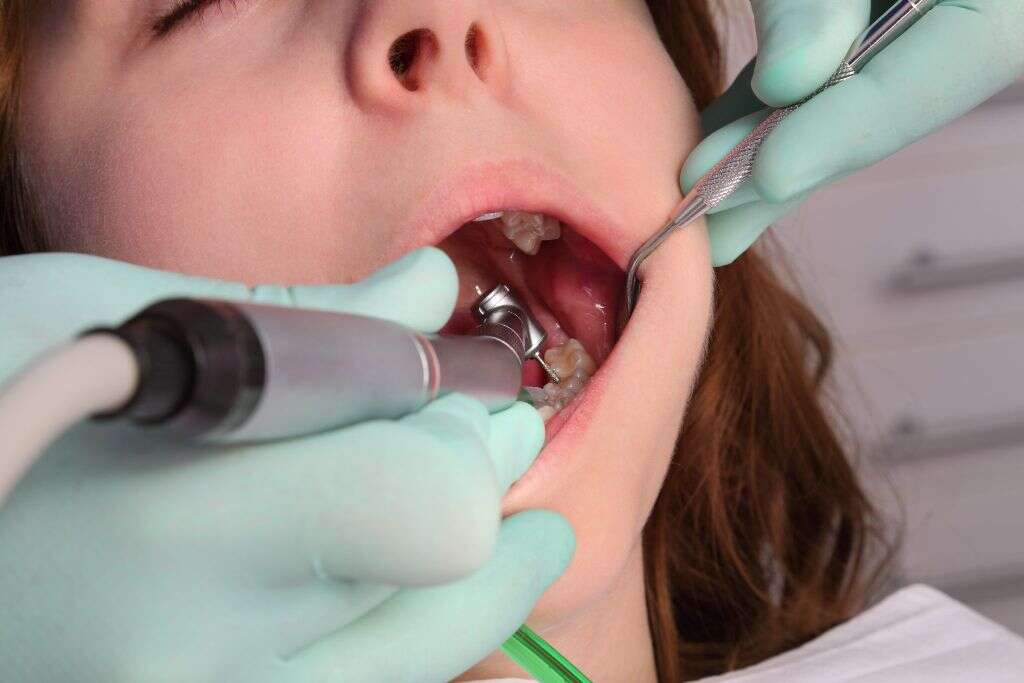
3. Pain
Without any protecting barrier, the bone is often clearly visible in the socket. With no protecting layer, the nerves and bone of the socket are left exposed, and this can be extremely painful indeed. Not only can the pain occur at the site of the socket, but it can also occur in the face as the faces nerves are also affected.
The pain will usually start from 1 to 3 days after the tooth being removed. It can be intense, and painkillers are often prescribed to help make the patient more comfortable. While some pain is quite normal after having a tooth removed, you should speak with your dentist if you feel that the level of pain is too severe.

4. Bad Breath
If we don’t clean our teeth regularly then our breath will soon begin to taste bad. This is because food particles will begin to decay, and bacteria in the mouth will accumulate, releasing more and more waste product.
The nature of the condition means that it can be very difficult to get the mouth thoroughly clean, and food particles can begin to accumulate in the mouth. Even if the patient does manage to thoroughly clean their mouth, the socket will soon begin harboring odor-producing bacteria again. In addition to bad breath, the patient can also find that they have an unpleasant taste in their mouth.

5. Poor Hygiene
It is not clear why dry socket occurs, but there are certain factors that can make it more likely. One of these is poor dental hygiene.
It is always a good idea to practice good dental hygiene, regardless of whether or not you have just had surgery in your mouth. That does not mean to say that good hygiene will definitely prevent dry socket, nor does it necessarily mean that patients that do develop it have poor dental hygiene. Patients that have just had teeth removed will also often be given instructions on how they should treat the wound and the rest of their mouth. It is often the case that those with dry socket have not followed those instructions.
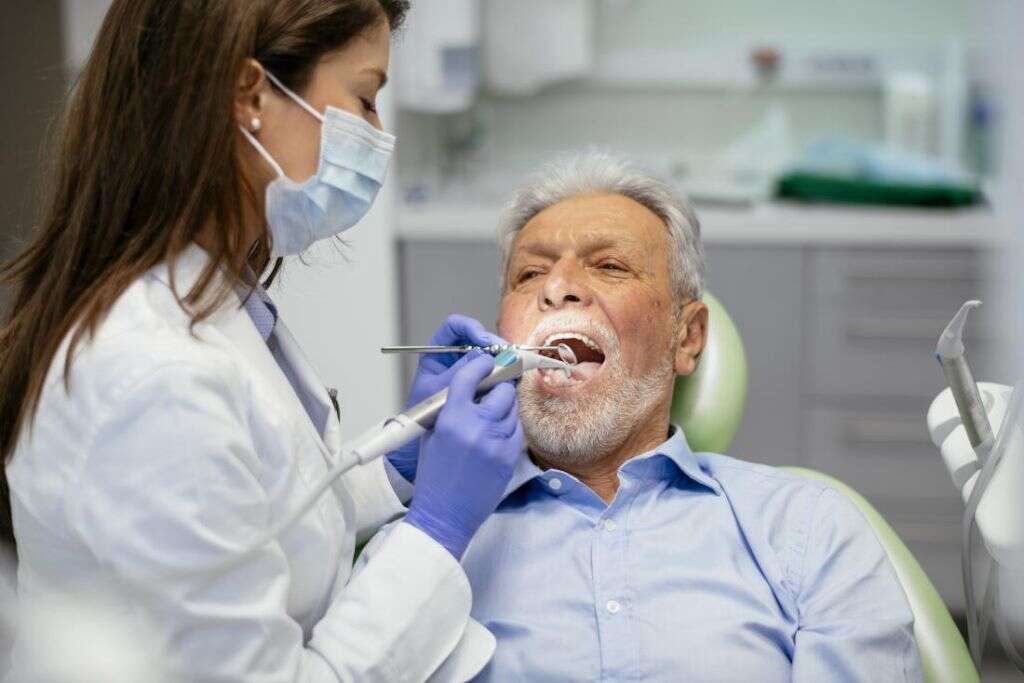
6. Smoking
There are many reasons why smoking is a bad idea, mainly that it is very bad for our health in the long term, and in the medium term. In addition, it can also lead to some other complications, including problems like dry socket.
The chemicals that are inhaled during smoking can contaminate wounds and also slow down healing. In addition, the physical act of sucking on a cigarette can also be enough to dislodge the clot. people who use chewing tobacco may also dislodge the clot, while chewing tobacco will also have chemical compounds that are able to contaminate the wound.

7. Previous Infection
Tooth and gums can be pretty nasty. They can cause quite a lot of pain and also lead to unwelcome trips to the dentist. The good news is that they are treatable and the patient will usually make a full recovery, but even then, they might cause future complications.
If you have previously had an infection at the site where a tooth is removed, your chances of getting dry socket will be increased. In addition, you are more likely to get dry socket if you have had dry socket in the past. If you have had these conditions or any others concerning the mouth then you should let the dentist know first.

8. Oral Contraceptives
Oral contraceptives are a godsend for many people. They give women the freedom to have intercourse with confidence that they will not get pregnant, helping to prevent unwanted pregnancies. They are very effective and also very safe, but that does not mean to say they are completely without unwanted side effects.
One potential downside of oral contraceptives is that they increase the chances of the patient developing dry socket after oral surgery. This is because the medication affects the patients estrogen levels and this can, in turn, affect the body’s ability to heal itself. Thus, if you are expecting to have a tooth removed any time soon, it is a good idea to try and avoid using oral contraceptives if you can.
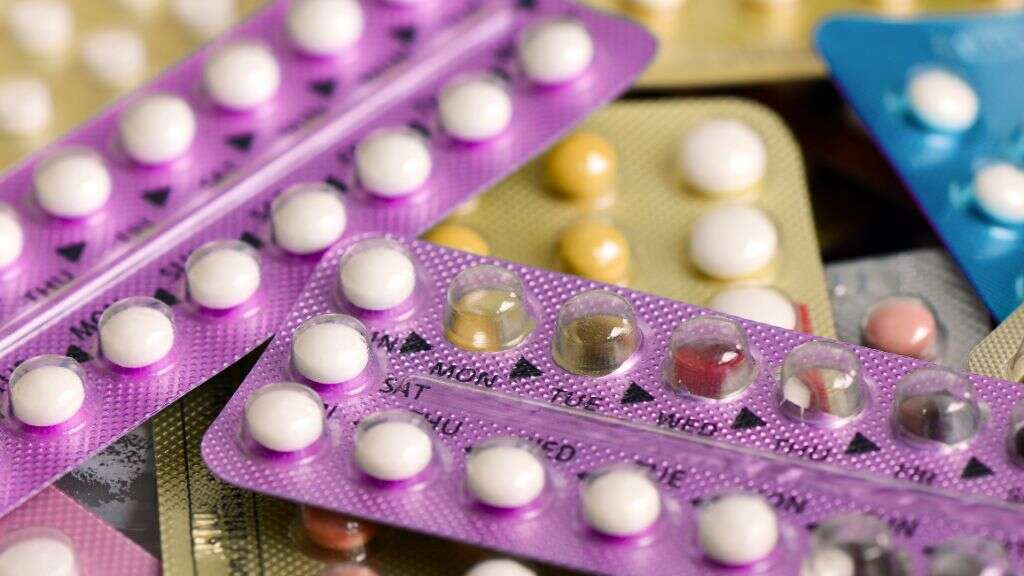
9. Complications
Dry socket can be very unpleasant, but it should hopefully pass without having done any lasting damage. If proper care is not taken, however, then it can lead to some potentially serious complications. One such complication is a chronic bone infection, also known as osteomyelitis.
Osteomyelitis is thankfully rare but, if it does arise, then it will need to be treated as soon as possible. It is very painful and, in some cases, it can even be fatal. Antibiotics are used to treat it while surgery is also sometimes necessary to remove the infection. If you do feel as though something is not right after surgery, it is a good idea to speak with your doctor.

10. Treatment
The best way to treat anything is to prevent it from happening in the first place. In cases of dry socket, this means following the dentists instructions on how to treat the wound. Regardless of how careful you are, however, you can never be completely sure that dry socket won’t occur.
Dry socket should eventually heal itself within 7-10 days. In the meantime, you should see your dentist so they can make sure the socket is free of food and other debris that might cause an infection. Painkillers will also likely be prescribed to help make the patient more comfortable.




